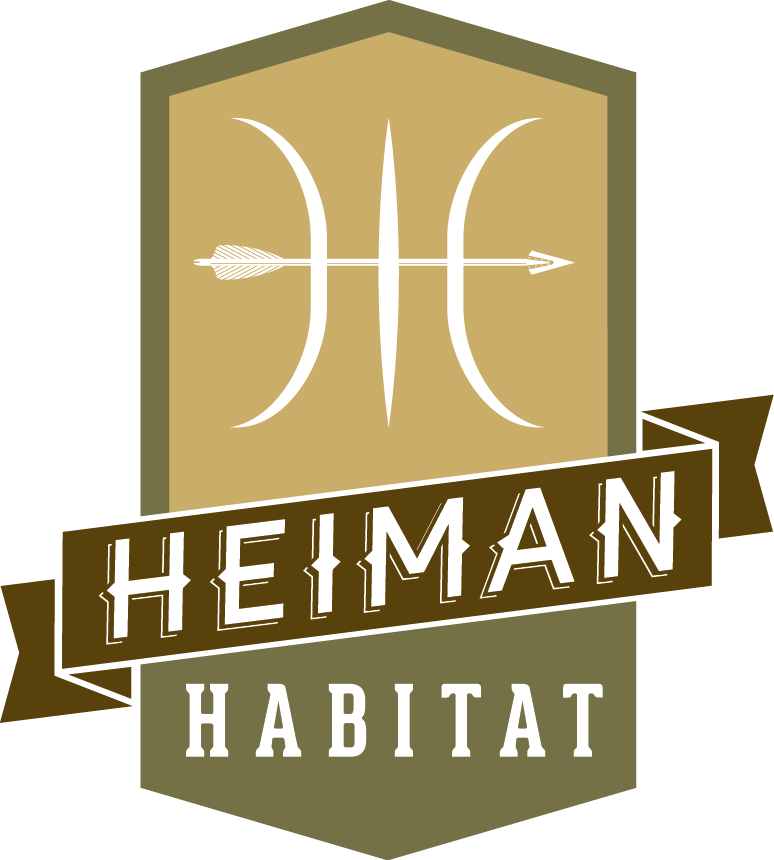Operating successfully in remote areas means that you have to get there and back, safely, first and foremost. And the best way to do this is to keep your vehicle well maintained, understand the terrain you plan to travel…. and understand your own potential vulnerabilities.
Preventative maintenance on inspection of your rig is a key requirement. So if you haven’t heard the term ‘First Parade’ before, consider it now. The term derives from a military system that requires: prior to, during and at completion of the use of the vehicle, the driver is to ensure that the following checks are carried out:
· First Parade Service. Completed before the vehicle is first driven for the day.
· Halt Parade Service. Conducted at each long stop.
· Last Parade Service. Conducted at the end of the day/vehicle use (as well as the Halt Parade Service).
Watch our First Parade tips then see the checklist below:
Video with thanks to our friends at Adventure Group
Daily Vehicle Checks - Checklist
First Parade (pre-trip)
(1) Check the winch (if fitted) and ensure it is disengaged.
(2) Before starting the engine:
(a) check the wheels for security, and the tyres for wear and correct pressure; and
(b) check that the fuel, oil, coolant, clutch and brake fluids, and battery levels are correct.
(3) After starting the engine, listen for unusual noises.
(4) Check everything that turns on, flashes, beeps and swishes.
(5) Check that the fuel and oil gauges are operational.
(6) Clean the windscreen, external mirrors, lights and reflectors.
(7) Check fire extinguishers, first aid kit and a tool kit.
(8) Check Spare Tyre and changing equipment.
(9) Adjust all mirrors.
(10) Check for steering, handbrake and footbrake faults.
(11) Complete any other requirements specified within the vehicle user handbook.
(12) Fix any defects/deficiencies before you step off.
Halt Parade (when you stop)
(1) Check fuel, oil, and coolant for leaks.
(2) Check the tyres and wheel nuts.
(3) Check hubs and brake drums for overheating.
(4) Check the stability of the load, canopy, ropes and trailer.
(5) Check all lights and indicators.
(6) Clean the windscreen.
Last Parade (end of each day/vehicle use)
(1) Check the coolant levels.
(2) Refuel and top up oils and lubricants.
(3) Check the vehicle lights and indicators.
(4) Clean the vehicle.
(5) Clean out the interior and the load compartment.
(6) Ensure that the winch (if fitted) is disengaged.
(7) Complete any other requirements detailed in the vehicle user handbook.
(8) Identify and fix any defects/deficiencies ASAP.
Note: To share this post your own Facebook site, copy the url.

